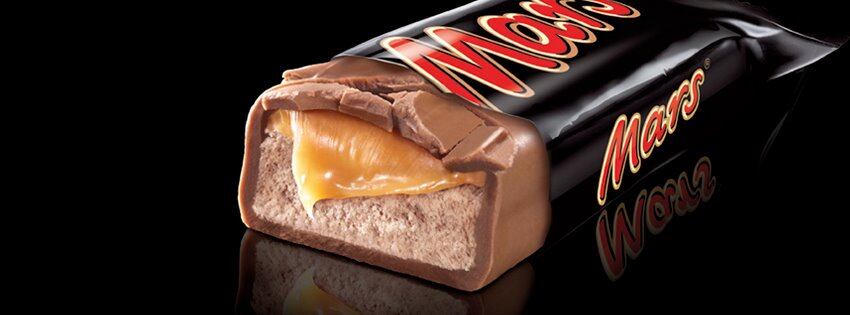Action on Sugar, launched today, was setup by those behind the Consensus Action on Salt and Health (CASH). It will pressure the UK government to encourage manufacturers to set four-year targets to gradually reduce sugar in brands by 30-40%.
“There’s no commercial reason why they shouldn’t do it,” chairman of the new group, Graham MacGregor, professor of Cardiovascular Medicine at the Wolfson Institute told ConfectioneryNews.
“Taking out sugar will make products cheaper to produce. We don’t want substitution, just take it out.”
Action on Sugar favors downsizing products over replacing sugar with other sweeteners.
Concerned by sugar levels in confectionery
“It’s obviously a problem. Everyone is aware of sugar in confectionery, but not about the large amounts of sugar in products,” said MacGregor.
The guideline daily amount (GDA) for sugar in the UK is 90 g for women, 120 g for men and 85 g for children aged 5-10 years.
A standard UK Mars bar contains 229 kcal and 30.4 g of sugar, which accounts for 36% of a child’s GDA for sugar.
Cutting calories to curb obesity

Sugar accounts for about 30-40% of calories in chocolate, while the rest comes from fat – the main source of which is milk fat in milk chocolate and cocoa butter.
“If you reduce caloric intake, you reduce obesity. The reason why we are getting fat is that we are eating so many calories,” said MacGregor.
Calorie reduction pledge ‘ineffective’
The UK government’s Responsibility Deal includes a calorie reduction pledge that has been signed by leading confectioners such as Mars, Mondelez International and Nestlé.
“The calorie pledge has had no effect whatsoever on caloric intake,” said MacGregor. He pointed to a study by Panjwani and Caraher from City University London that said the UK’s calorie reduction pledge was fundamentally flawed because it relied on industry taking voluntary actions to prioritize public health interests above their own.
Taste implications
Mars UK recently said it had gone as far it could to reformulate Mars and Snickers bars without compromising taste.
“If you do it slowly, people’s taste receptors adjust,” said MacGregor, adding that few consumers complained when UK manufacturers reduced salt levels based on yearly targets.
If Mars took a further 30% of sugar from a Mars bar, the size would go from 51 g to around 42 g. In short, with a 30% sugar reduction, chocolate would get much smaller.
No-brainer?
When Mars UK reduced the size of Mars and Snickers bars to reduce calories it kept the same 51p ($0.83) price.
“It would be better not to reduce the price because we don’t want to increase consumption,” said MacGregor.
He said that manufacturers could feasibly reduce sugar as well as the recommended retail price and still improve profit margins.
But if it’s as simple as taking out sugar to make smaller bars and watching your profits soar, why haven’t companies done it already?
“It isn’t taste. It’s just that nobody has told them to do it. The food industry is very conservative and doesn’t think about these things,” said the group’s chair.
“The brilliance of the policy is that it gets to people who are more deprived, who don’t listen to health messages.”
Sugar in leading brands
